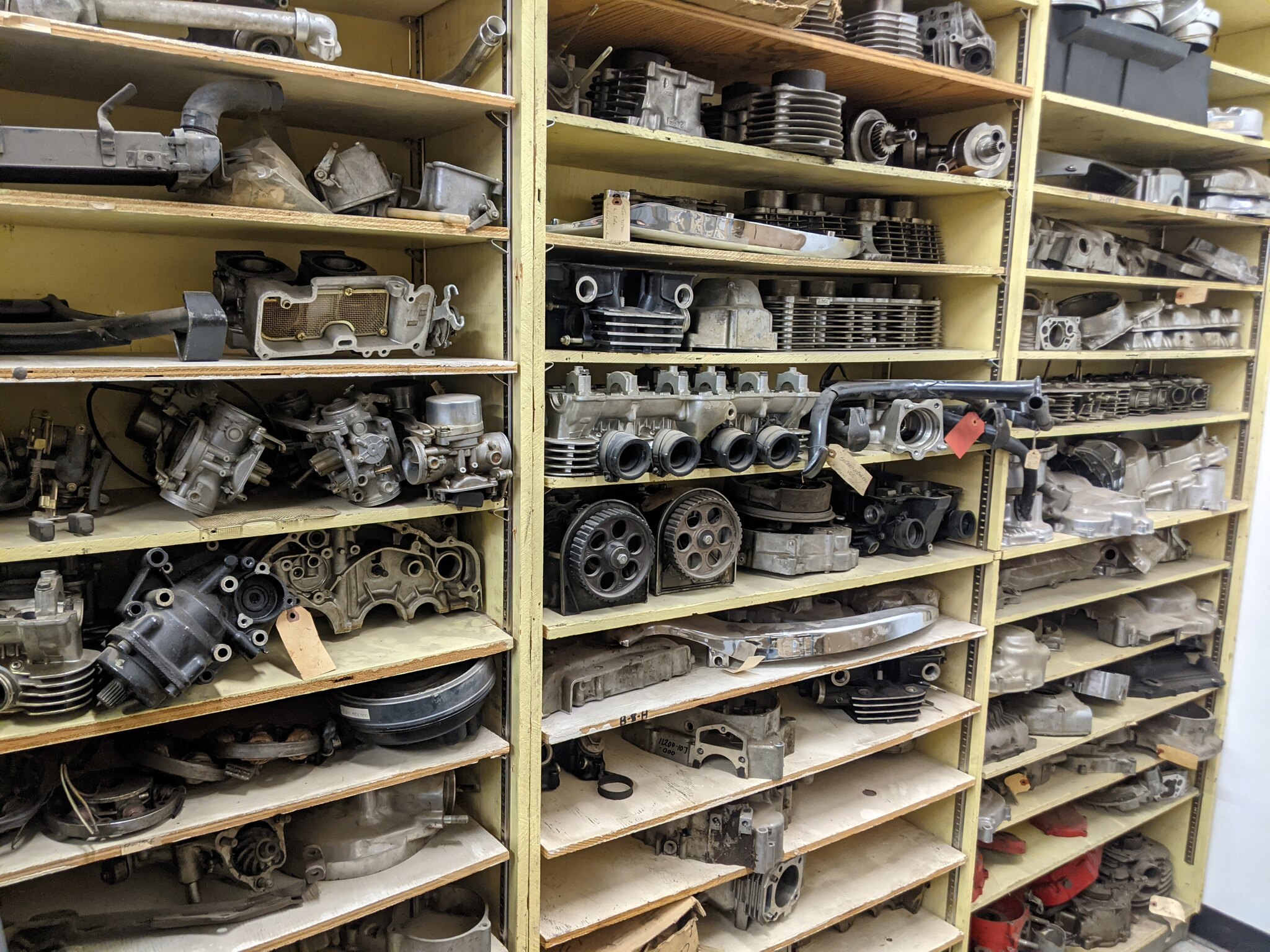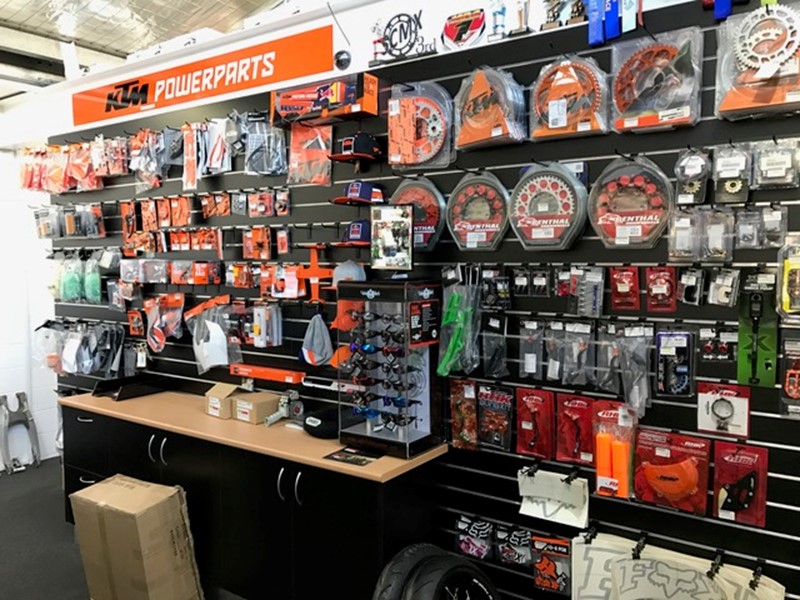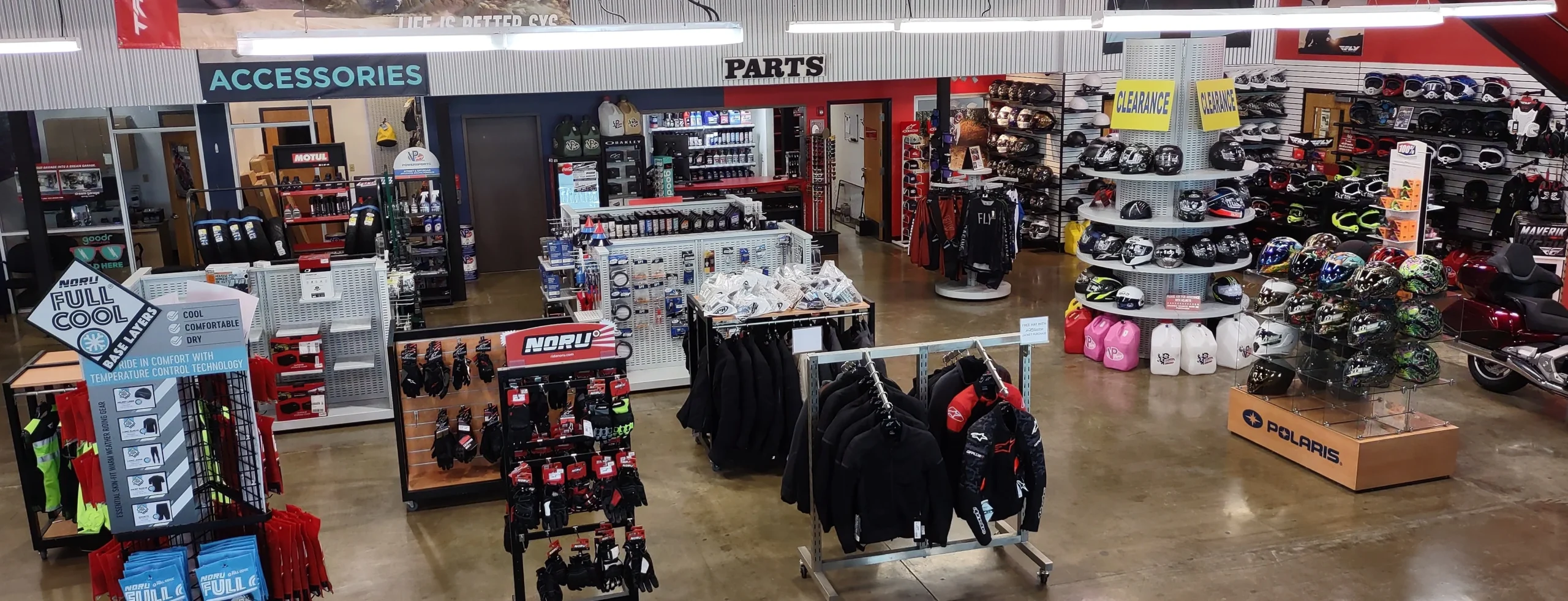Your Go-To Motorbike Shop for Quality Parts and Accessories
Your Go-To Motorbike Shop for Quality Parts and Accessories
Blog Article
A Detailed Appearance at Bike Parts: What Every Biker Ought To Know
A detailed understanding of motorcycle components is not just beneficial yet vital for any kind of biker aiming to make the most of efficiency and safety and security. Each element, from the engine's detailed workings to the reliability of brake systems, plays a crucial duty in the general experience and capability of the bike.
Recognizing the Engine
The engine, frequently considered as the heart of a bike, is an intricate assembly of elements that operate in consistency to convert fuel right into movement. At its core, the engine's primary feature includes the combustion process, where air and gas mix and fire up within the cyndrical tubes, resulting in regulated surges that drive the pistons. These pistons move up and down, converting chemical power into power, which consequently turns the crankshaft, inevitably powering the bike.

Understanding the ins and outs of a bike engine is critical for lovers and bikers alike. It not only gives insight into how motorbikes achieve their outstanding power and rate however also aids in reliable upkeep and troubleshooting, guaranteeing long life and dependability when traveling.
Suspension Systems
While the engine powers the motorbike, the suspension system plays an essential function in making sure a smooth and controlled adventure. The suspension system is accountable for soaking up shocks from the road surface, maintaining tire call, and offering stability during cornering and stopping. It consists of 2 major components: the front forks and the back shock absorbers.
Front forks are generally telescopic, wetting and including a spring system. The springtime presses and expands to absorb bumps, while the wetting mechanism regulates the movement to stop too much bouncing. This mix ensures the front wheel stays in contact with the roadway, using superior handling and convenience.
The back suspension, normally a monoshock or twin-shock arrangement, works likewise to the front suspension but is tailored to sustain the bike's weight and biker - mx gear nz. It takes care of rear wheel motion, contributing to the bike's overall equilibrium and responsiveness
Shock absorber can be adjustable, permitting riders to make improvements preload, compression, and rebound setups according to individual preferences and riding problems. This adjustability improves efficiency by optimizing the bike's interaction with diverse terrains. In recap, a reliable shock absorber is vital for biker convenience, security, and the motorbike's handling expertise.
Brake Components
Quiting power is a fundamental element of motorcycle safety, and it rests on the effectiveness of the brake parts. The primary components of a motorbike's stopping system consist of the brake pads, calipers, rotors, and master cyndrical tube. moto parts nz. Each of these components plays an important function in guaranteeing efficient braking performance
Brake pads are necessary as they create the needed rubbing versus the blades to decrease or stop the bike. Built from materials such as sintered steel or natural composites, the selection of brake pad product dramatically influences efficiency and durability. Calipers, housing the brake pads, apply pressure to the pads when the brake bar is involved, facilitating contact with the rotors.
The rotors, normally made from stainless steel or actors iron, are mounted to the wheels and work as the surface against which the brake pads press. Their design, consisting of size and density, impacts heat dissipation and stopping power. The master cylinder, attached to the brake lever, generates hydraulic stress transferred with brake lines to the calipers, guaranteeing consistent braking force.
Regular upkeep and evaluation of these parts are vital for optimum efficiency, preventing wear and making sure biker safety and security when traveling.
Tire Fundamentals
Beyond keeping robust braking systems, guaranteeing ideal tire performance is equally considerable for motorbike safety and security and performance. Tires are the single call factor in between the road and the motorcycle, making their problem crucial in taking care of, security, and overall adventure quality. Choosing the suitable tire type is crucial, as it directly affects grip and efficiency. Alternatives vary from visiting to sport tires, each developed to suit specific riding problems and designs.

Furthermore, consider the tire's age. Rubber compounds degrade in time, even if tread shows up appropriate. Check the sidewall for the DOT (Division of Transport) code to establish the tire's age. Commonly, replacement is advised every five years, despite wear. Spending attention in these tire basics not just optimizes performance yet also considerably enhances riding safety and security.
Electrical Systems
In the realm of motorbike maintenance, the electrical system plays an essential duty in ensuring reputable efficiency and cyclist safety. This complex network incorporates necessary parts such as the battery, generator, starter electric motor, and wiring harness. Each component is essential for the seamless procedure of the motorbike, from ignition to illumination and interaction with various sensors.
The battery works as the heart of the electrical system, providing the required power to start the engine and straight from the source operate devices. Routinely examining the battery's voltage and terminals for corrosion is vital to avoid unanticipated failings. The generator, on the other hand, charges the battery while the engine is running, making sure a continual power supply.
The starter motor is in charge of initiating engine operation, transforming electric energy into power. To keep it, cyclists need to focus on any unusual noises or difficulties throughout startup. The wiring harness serves as the vehicle's anxious system, linking all electric parts. Making sure that the cables are undamaged and complimentary from damage is crucial for preventing brief circuits and ensuring functionality.
Final Thought

Stopping power is an essential facet of bike security, and it hinges on the efficiency of the brake components. The primary aspects of a motorbike's stopping system include the brake pads, calipers, rotors, and find this master cyndrical tube.Brake pads are vital as they create the needed rubbing versus the blades to reduce down or stop the motorbike.Beyond preserving durable braking systems, guaranteeing optimal tire efficiency is just as considerable for bike security and performance.In the world of bike upkeep, the electric system plays a crucial role in making sure reliable efficiency and rider safety.
Report this page